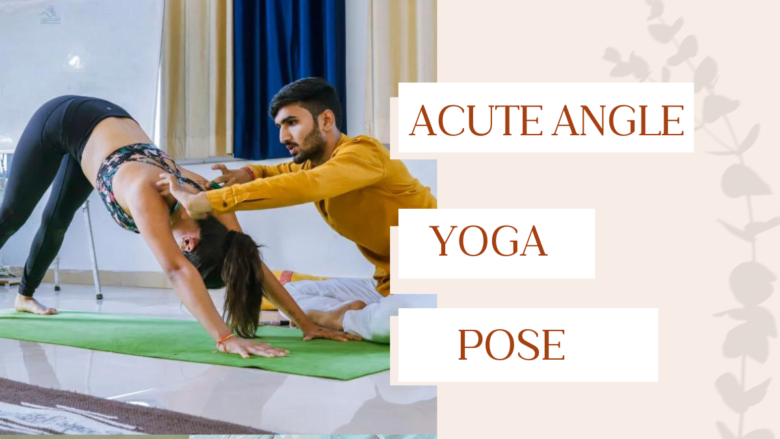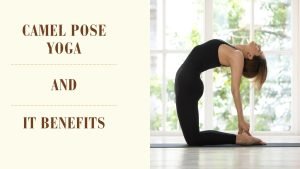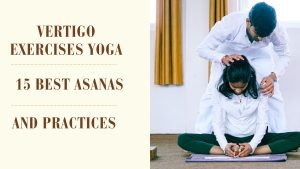In the vibrant tapestry of yoga poses, there lies a gem known for its graceful contortion and compelling effect on the body and mind. Welcome to the Acute Angle Pose – a stance that champions balance, flexibility, and strength while bestowing a serene clarity that resonates within the soul. This guide will lead you through every aspect of the Acute Angle Pose, providing a thorough understanding that can elevate your yoga session to new dimensions.
Unveiling the Acute Angle Yoga Pose
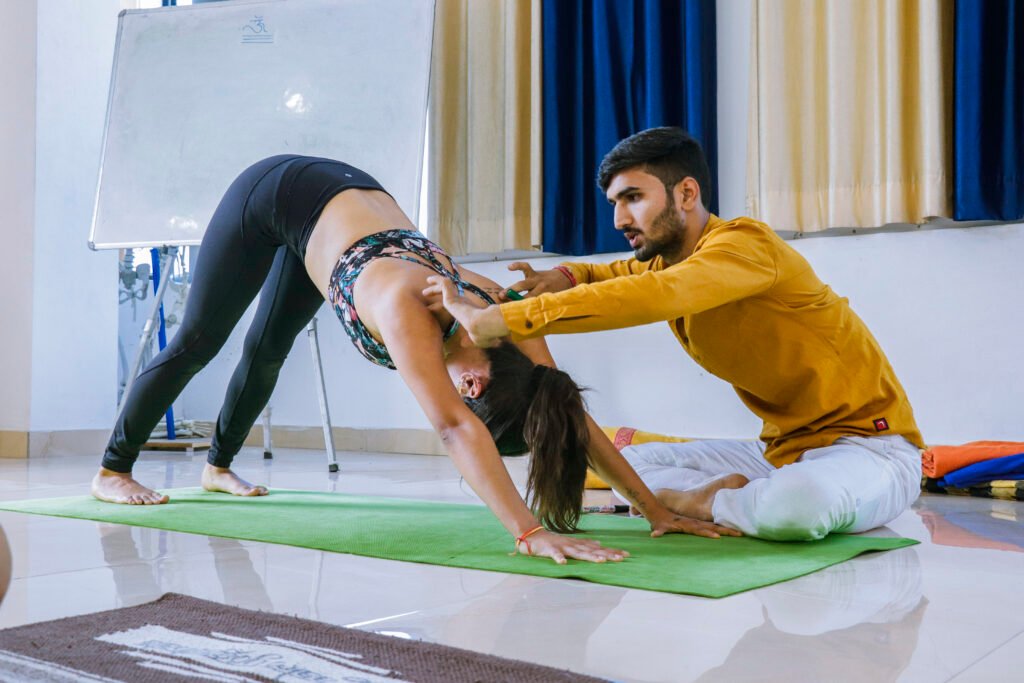
The Acute Angle Pose, known as Parshvakonasana in the Sanskrit tongue, is a standing posture that demands a slight twist of the body with one arm reaching overhead and the other extended towards the ground, forming a straight line from the side of the torso. The name stems from the mathematical term ‘acute angle,‘ referring to the less than 90-degree bend of the knees and the extended leg.
Origins and Philosophy
This dynamic pose has deep roots in the Hatha yoga scriptures, where it was believed to open the heart center, provide a full-body stretch, and promote digestion. It remains grounded to the very essence of yoga – connecting to the breath, engaging the core, and finding union between mind, body, and spirit.
The Acute Angle Today
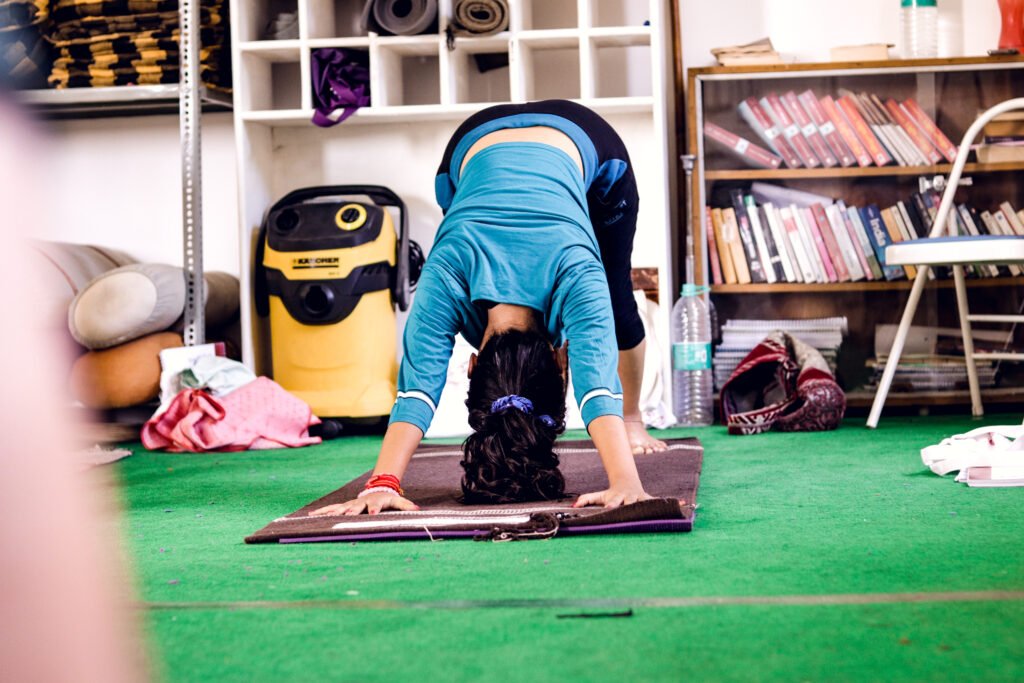
In present yoga practices, the Acute Angle Pose is celebrated for its ability to improve stamina, build energy and focus, and provide a powerful stretch particularly to the legs, groins, chest, and lungs. It is often incorporated into flow sequences, such as the Sun Salutations, bringing a sense of continuity to the session.
Executing the Acute Angle Yoga Pose
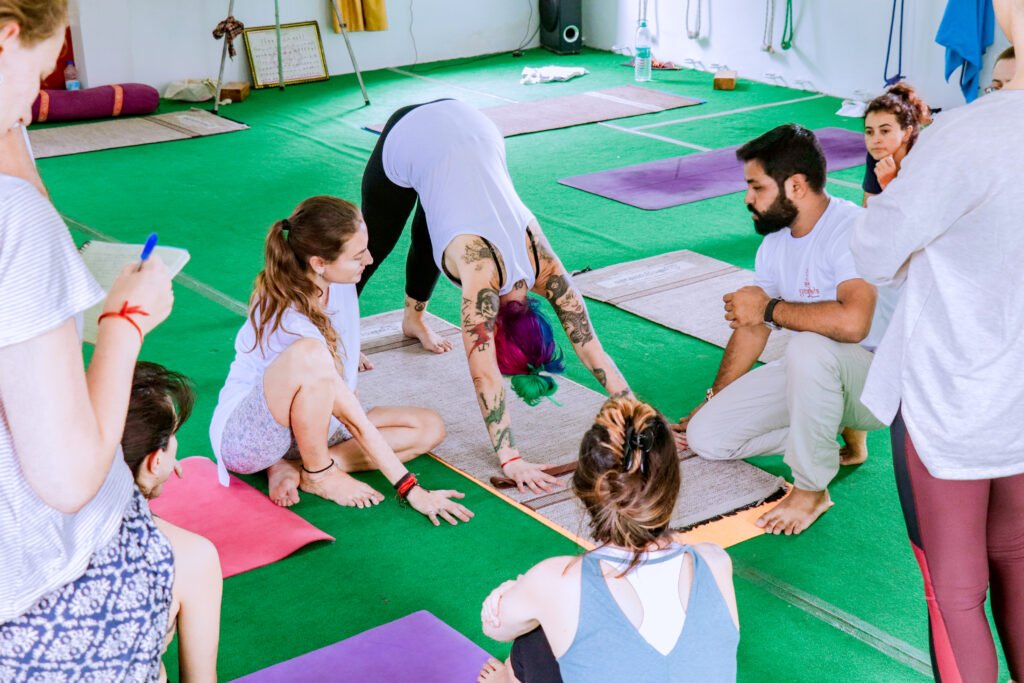
Before you maneuver into the depths of this pose, it’s vital to prepare your body and mind.
Getting Ready
Begin with a few rounds of gentle warm-up exercises, like Tadasana (Mountain Pose) and Utkatasana (Chair Pose), which engage the same muscles and prepare your joints for the more intense stretch of the Acute Angle Pose.
Step-by-Step Instructions
Here’s how to perform the Acute Angle Pose:
- Stand in Tadasana at the top of your mat.
- Inhale and step your feet about 3.5 to 4 feet apart. Raise your arms parallel to the floor and reach them actively out to the sides, shoulder blades wide, palms down.
- Exhale and reach your left arm down and your right arm up, with your right palm facing down.
- Bend your right knee, attempting to bring your right thigh parallel to the floor. Exhale and lay the right side of your torso over the right thigh.
- Stretch your left arm towards the ceiling and look up at your left thumb.
- Hold the pose for 5-10 breaths.
- Inhale to come up, and then exhale and bring your feet back together in Tadasana.
Modifications and Variations
For beginners, it’s beneficial to rest your lower forearm on your thigh rather than reaching your hand to the ground. For advanced practitioners, you can bind your lower hand behind your back, clasping the fingers and opening the chest further.
Benefits Beyond the Mat
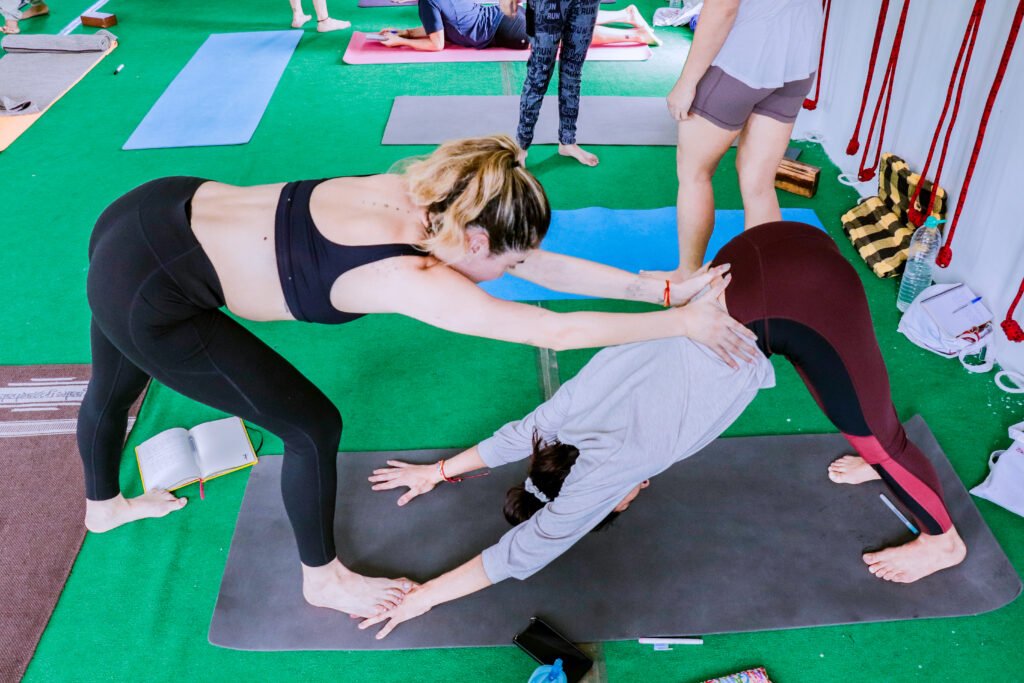
Engaging in the Acute Angle Pose offers a multitude of advantages. From physical to psychological, these benefits are the rewards of a consistent and focused yoga practice.
Physical Perks
- Strengthens and stretches the legs and ankles.
- Stretches the groins, spine, waist, chest, lungs, and shoulders.
- Stimulates abdominal organs such as the liver and kidneys.
- Increases stamina and energizes the whole body.
Mental and Emotional Well-being
- Calms the brain and helps relieve stress.
- Tones the abdominal organs for improved digestion.
- Provides a sense of grounding and stability.
- Aids in the cultivation of focus and inner strength.
Safety First
While yoga is a balm for the body and mind, like all physical activities, it requires attention and care to avoid unnecessary strain or injury.
Who Should Beware?
Pregnant women, individuals with any recent abdomen or head injury, or those with severe back or spinal conditions should exercise caution or avoid this pose. It’s also advisable to consult with a healthcare provider before integrating new yoga poses, especially if you have an existing medical condition.
Precautions to Take
- Always listen to your body and don’t force any movement.
- Keep your breathing steady and never hold your breath during the pose.
- If there’s discomfort or pain, modify the pose by using props or taking a break.
Progressing in Your Practice
The essence of mastery lies not in perfection, but in progress. Here are some tips to enhance your Acute Angle Pose:
Consistency is Key
Incorporating the Acute Angle Pose into your daily routine can lead to incremental improvements in flexibility and strength over time.
Support from Props and Posture
Using a block for the extended hand can support the body and allow for a deeper stretch. It also helps maintain proper alignment of the spine.
Engage Your Core
Drawing the navel in towards the spine and keeping the tailbone down will protect your lower back and improve your balance.
Integrating the Acute Angle into Your Practice
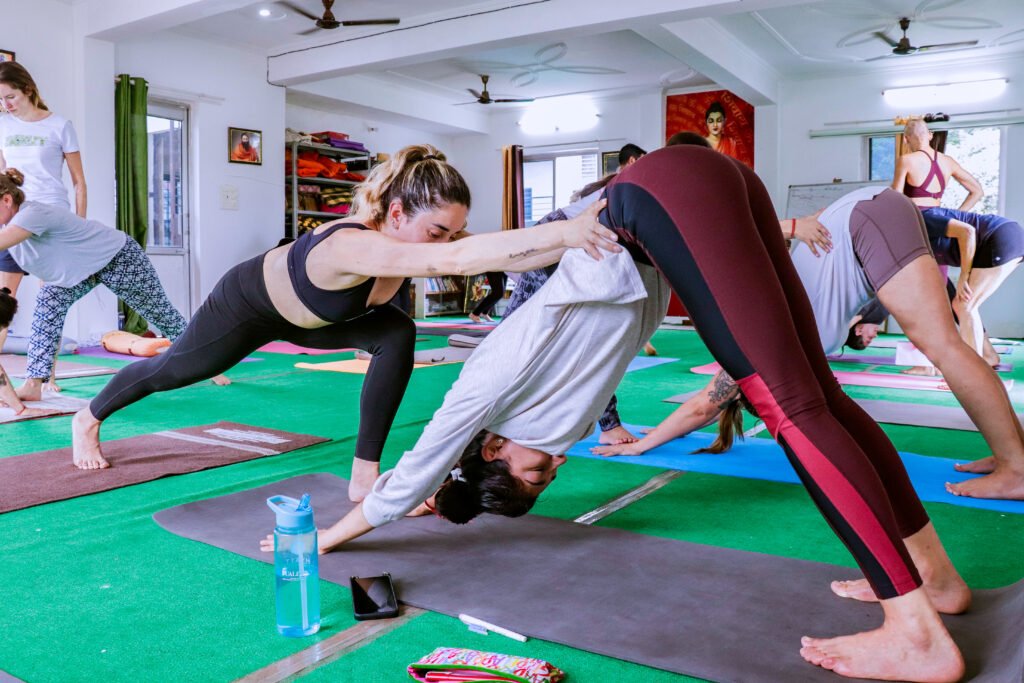
The beauty of yoga lies in its ability to seamlessly blend various poses into a harmonious practice for overall well-being. The Acute Angle Pose is no exception; it can serve as a gateway to more complex asanas when interwoven into a thoughtful sequence.
Sequences and Synergy
Explore linking the Acute Angle Pose with other standing poses like Warrior I and II, or with forward folds such as Uttanasana, for a balanced and invigorating series.
Day-to-Day Utilization
Incorporate the Acute Angle Pose into your everyday life, be it as part of a morning wake-up routine or a midday stress-relieving practice. This consistent touchstone will help you progress in your yoga practice and find sanctuary amidst the flurry of life’s demands.
Real-life Transformations
Testimonials from practitioners who’ve witnessed remarkable changes in their physical and emotional states through commitment to the Acute Angle Pose can offer both inspiration and insight.
Personal Narratives
“I found that integrating the Acute Angle Pose into my morning ritual has enhanced my focus and prepared my mind for the day ahead. But it’s the slow growth in the depth of the stretch that’s truly astonishing.”
Conclusion and Invitation
The Acute Angle Yoga Pose stands as a testament to the virtues of self-balance and resilience. By exploring the intricacies and rewards of this posture, you’re not just enhancing a yoga routine; you’re cultivating a pathway to a healthier, more grounded life.
Step Into Your Angle
Now is the perfect moment to incorporate the Acute Angle Pose into your yoga repertoire. Take the time to familiarize yourself with its execution, revel in its benefits, and share your experiences with the greater community of yogis.
Continual Curiosity
Yoga is a lifelong exploration. Stay curious, keep practicing, and always be receptive to the knowledge your body imparts. Each session brings you closer to an understanding of the Self and a fuller experience of life.
Engage with Us
We at Yoga Enthusiasts cherish growth through shared experiences. Your voice is a vital part of our community. Share how the Acute Angle Pose has influenced your life, or reach out with any questions or insights. We’re here to support and celebrate your yoga journey in all its glorious angles.
Frequently Asked Questions
1. Can the Acute Angle Pose help improve my balance?
Yes, the Acute Angle Pose is excellent for improving balance. By focusing on maintaining the pose, you engage and strengthen the core muscles, which are essential for balance and stability.
2. Is it normal to feel discomfort in my legs while doing this pose?
Mild discomfort in the legs is common as you stretch and strengthen the muscles. However, if you experience pain, especially sharp or severe, you should ease out of the pose and consult a healthcare provider.
3. How often should I practice the Acute Angle Pose to see improvements?
Consistency is key in yoga practice. To see improvements, try to incorporate the Acute Angle Pose into your daily yoga routine. Over time, you’ll notice increased flexibility and strength.
4. Can beginners attempt the Acute Angle Pose, or is it only for advanced practitioners?
Beginners can definitely attempt the Acute Angle Pose, especially with modifications like using props or resting the lower forearm on the thigh. It’s a versatile pose that can be adapted to suit various skill levels.
5. What should I do if I have a medical condition but wish to try the Acute Angle Pose?
If you have a medical condition, it’s crucial to consult with a healthcare provider before attempting new yoga poses. They can offer advice specific to your condition and may suggest modifications or alternative poses to ensure your safety

